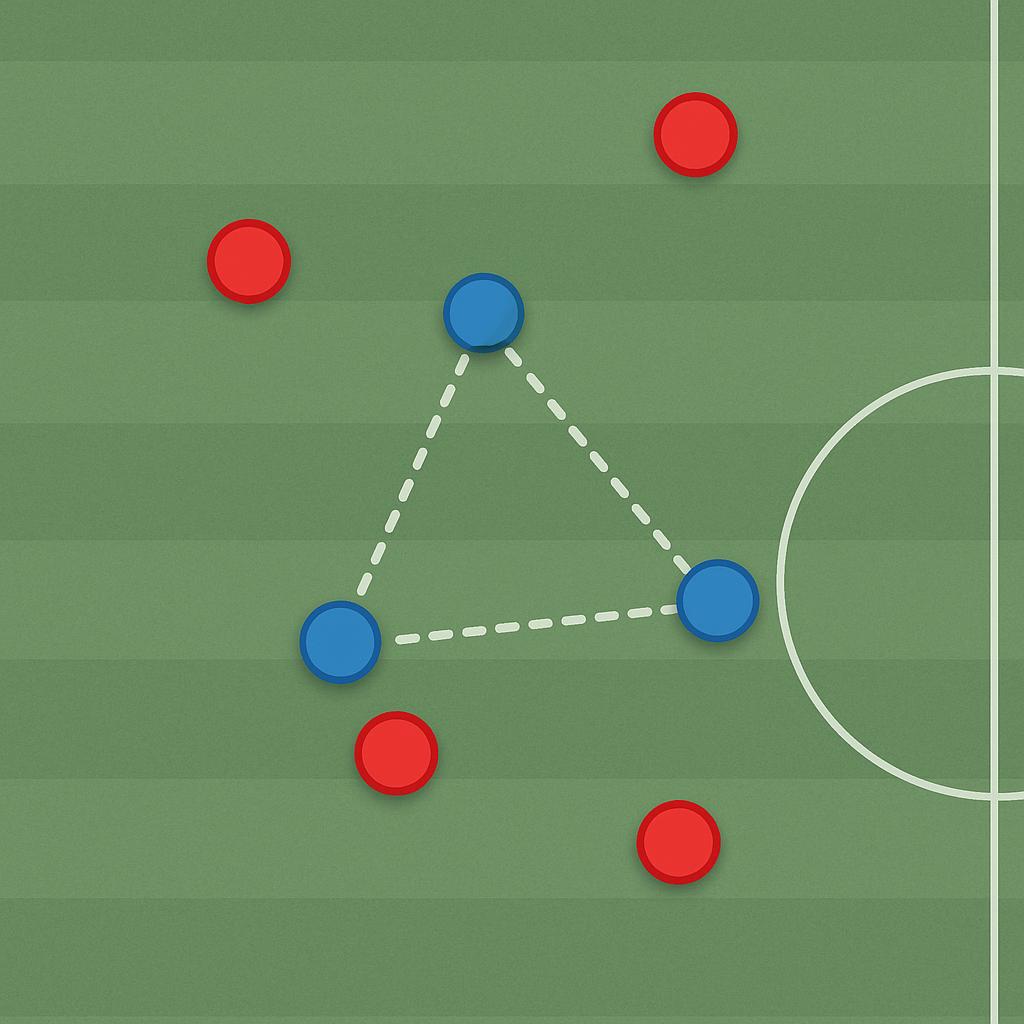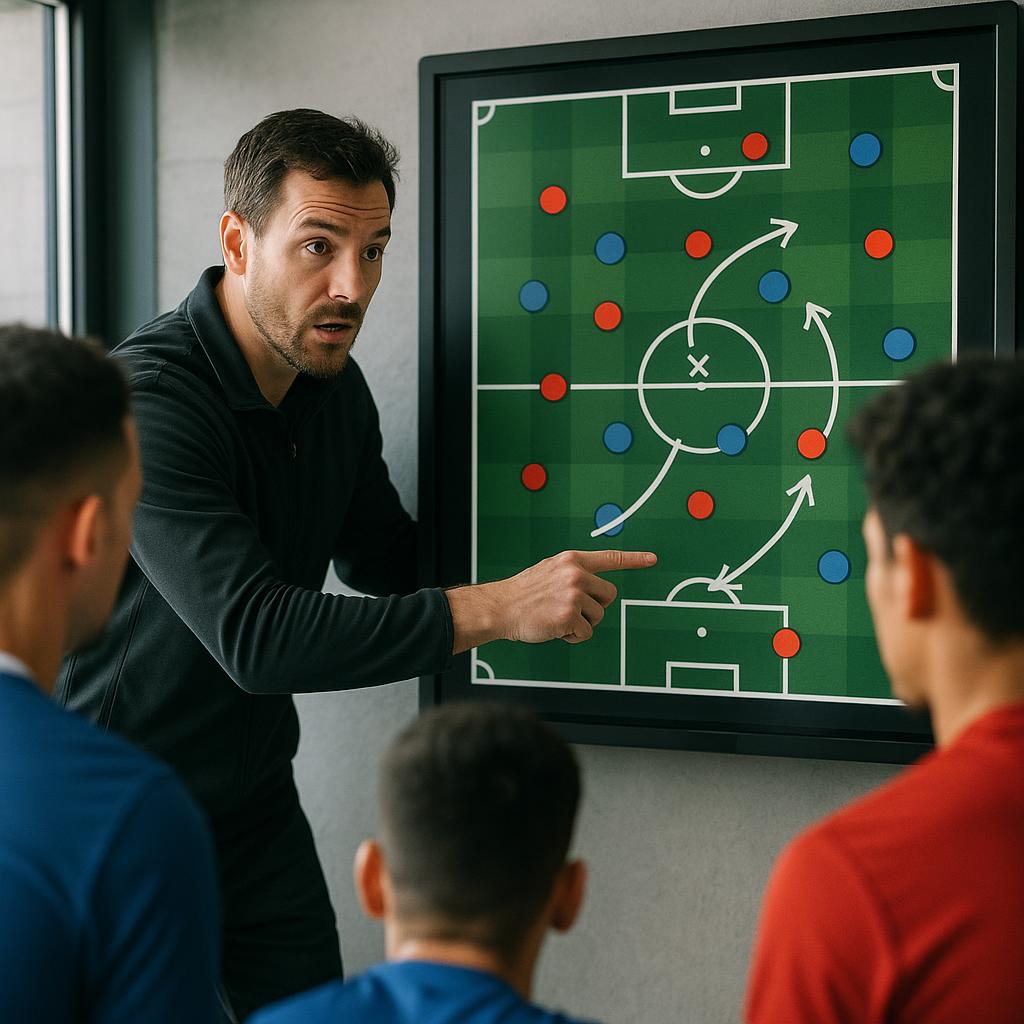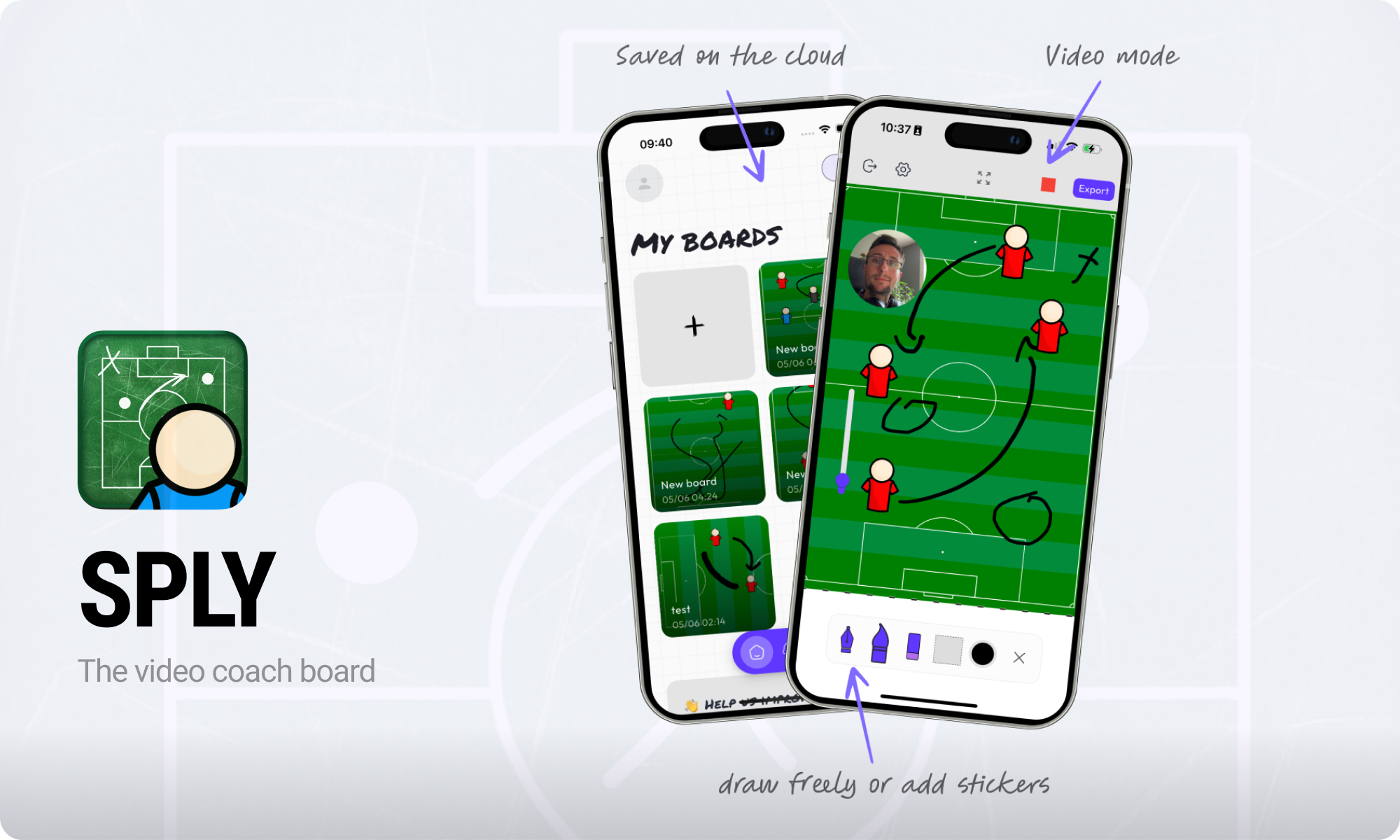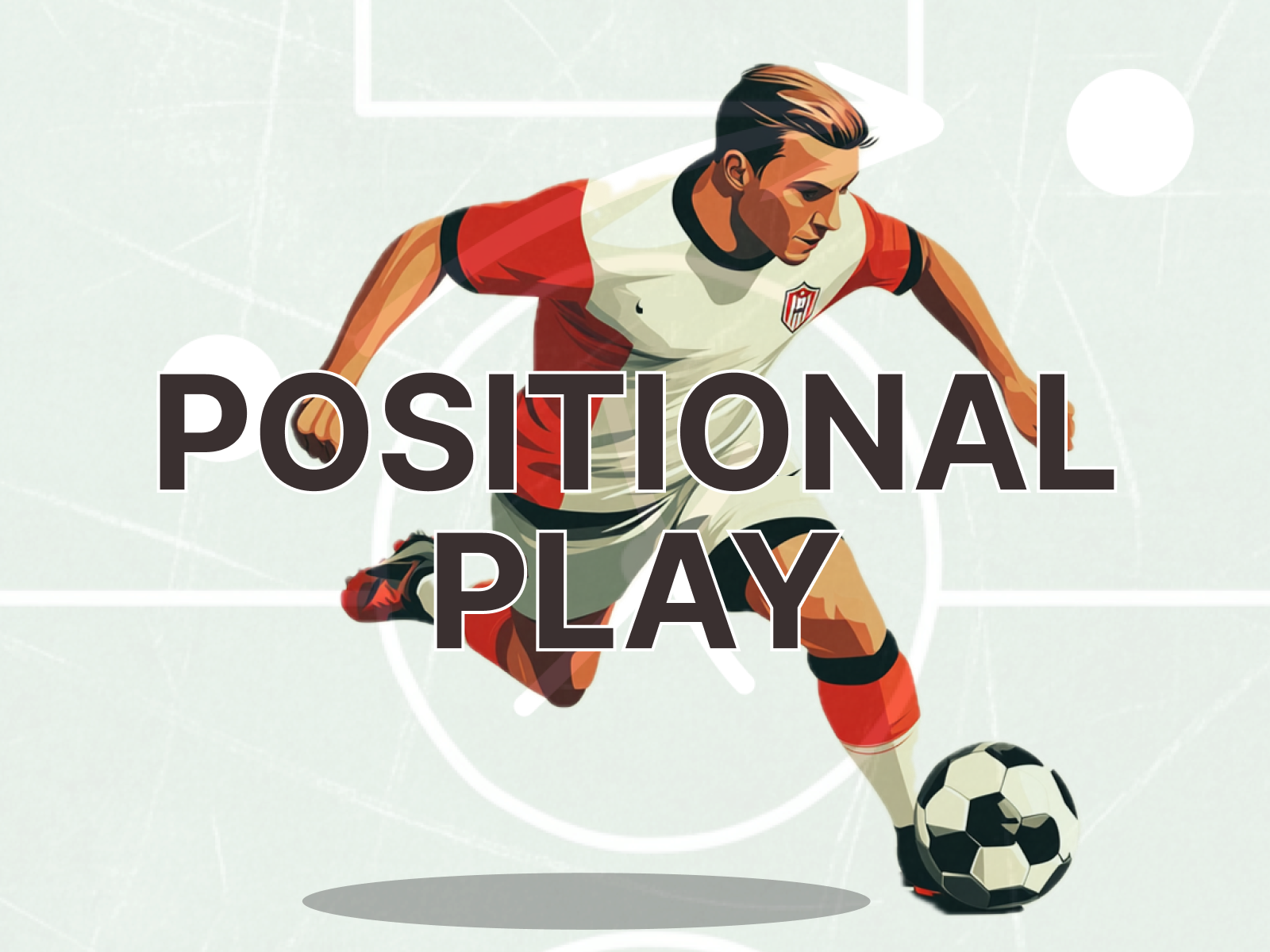Understanding Positional Play: What Is It and Why Is It Crucial in Soccer?
Have you ever watched a soccer team move the ball with such fluidity and purpose that it seems like they are playing a different game? They control possession, create clear chances, and always seem to be in the right place. This mastery is often the hallmark of positional play, known in Spanish as Juego de Posición. It is a sophisticated tactical framework that has revolutionized modern soccer. Let us explore what positional play entails, its strategic advantages, and why it has become a cornerstone of success for elite teams.
What is Positional Play (Juego de Posición)?
Positional play is not just about keeping the ball, it is about why you keep it and where you keep it. At its core, positional play is a tactical system focused on creating numerical superiority, positional superiority, and qualitative superiority in various zones of the pitch. Think of it like a chess game played on grass, where every player's movement is calculated to unlock the opponent's defense and maintain control.
This philosophy emphasizes structured player positioning and movement, allowing a team to dominate possession and exploit space. The goal is to always have options for passing, creating triangles and diamonds to facilitate ball circulation. When one player has the ball, their teammates instinctively move to provide support, open passing lanes, or draw defenders away. It is a constantly evolving picture, driven by the ball's location and the opponent's reaction. This approach gained significant prominence under coaches like Johan Cruyff and Pep Guardiola, particularly with FC Barcelona, where it was refined into the formidable system we see today.

The Strategic Advantages of Positional Play
Positional play offers a multitude of benefits that contribute directly to a team's dominance and effectiveness on the field. These advantages go beyond mere possession statistics.
Control and Possession
One of the most immediate benefits is the ability to control the game's tempo. By maintaining possession, a team dictates when and where the game is played. This continuous ball circulation frustrates opponents, forcing them to chase and expend energy. For example, a team might make 15, 20, or even more passes in their own half before finding an opening in the opposition's defensive block. This patience and control wear down the defense, creating mental fatigue and eventually, gaps.
Creating Superiority
Positional play is all about creating advantageous situations. Numerical superiority means having more players than the opponent in a specific area, such as a 3v2 situation in midfield. Positional superiority refers to players being in positions that give them an advantage over their markers, often between defensive lines. Qualitative superiority means getting your best players into situations where they can use their individual skills most effectively against less capable opponents. Imagine a defender being isolated one-on-one against a skillful attacker because of intelligent positional movements by other players. These superiorities are not accidental, they are designed through pre-planned structures and fluid movements.
Exploiting Space
Space is the most valuable commodity in soccer. Positional play is meticulously designed to create and exploit space. Players move intelligently off the ball, drawing defenders out of position and opening corridors for teammates to run into or for passes to be threaded through. When a central defender steps up to press a midfielder, it creates space behind them for an attacker to run into. The system encourages players to constantly scan for these emerging spaces and react quickly, making the pitch feel much larger than it is for the defending team.
Defensive Stability Through Attack
Perhaps counter-intuitively, high possession can be the best form of defense. When your team has the ball, the opponent cannot score. By minimizing the time the opposition has possession, you naturally reduce their opportunities to attack. Furthermore, players are always positioned to quickly counter-press if the ball is lost. Their proximity to the ball and their structural integrity mean they can win it back immediately, preventing dangerous counter-attacks before they even begin. It is about keeping the opposition on their toes and rarely allowing them to settle into an attacking rhythm.
Key Elements and Principles
To effectively implement positional play, several fundamental elements must be mastered.
Player Positioning
Players are assigned specific zones or areas to occupy, but this is not rigid. It is a guideline for initial positioning and understanding how to fill vacated spaces. For instance, if a full-back pushes high, a central midfielder might drop into their space to maintain defensive balance. The aim is to always have specific zones occupied, ensuring a constant network of passing options and defensive cover. This dynamic interchange of positions ensures the team's structure remains intact, even during fluid attacking movements.
Ball Circulation
The ball must move quickly and precisely. Players are encouraged to make one-touch or two-touch passes to keep the ball flowing and shift the opponent's defensive shape. This rapid circulation disorganizes the opposition, creating the small windows of opportunity needed to penetrate their lines. It is about being patient but decisive, waiting for the right moment to accelerate the attack.
Movement Off the Ball
This is arguably the most critical aspect. Players without the ball are constantly moving to create passing lanes, draw defenders, or open up space for others. These movements are intelligent, coordinated, and often unselfish. A player might make a run to drag a defender away, even if they do not receive the ball, simply to create space for a teammate. This constant dance off the ball is what makes positional play so difficult to defend against.
Pressing and Counter-Pressing
When the ball is lost, the immediate reaction is to win it back within seconds, ideally in the opponent's half. This counter-pressing prevents the opposition from launching counter-attacks and allows the team to maintain their attacking dominance. Players are trained to aggressively close down the ball carrier, cut off passing lanes, and force errors, aiming to regain possession as quickly as possible.
How Positional Play Contributes to Team Success
The historical success of teams employing positional play speaks volumes. FC Barcelona under Pep Guardiola, and the Spanish national team that won the World Cup in 2010 and Euros in 2008 and 2012, are prime examples. Their dominance was built on these principles, leading to multiple league titles and international trophies.
Positional play fosters improved decision-making among players. They learn to read the game, anticipate movements, and make quick, intelligent choices under pressure. It leads to increased scoring opportunities because the system is designed to create clear pathways to goal. Defensive workload is reduced because the team spends less time defending in their own half. Ultimately, it builds strong team cohesion and understanding, as players learn to trust each other's movements and intentions.
Implementing Positional Play in Training
Teaching the intricacies of positional play can be challenging for coaches. It requires players to not only understand individual roles but also the dynamic interplay between them. Explaining complex rotations, pressing triggers, and spatial awareness using traditional methods can sometimes fall short.
Imagine you are a coach trying to explain intricate positional rotations or specific pressing schemes. You might draw on a whiteboard, but how do you effectively convey the dynamic movement? This is where modern tools become invaluable. SPLY, a video soccer coach board available on iOS, offers a simple yet powerful way to share drills and tactics that embody the principles of positional play.

With SPLY, you can create tactical boards, meticulously edit them, and share them effortlessly with your team. Its board editor lets you map out player movements and passing sequences in precise detail. You can export to image for quick reference, or, even better, create a video where your face and voice guide players through the drill as you draw and move pieces on the board.

This allows players to visualize the concepts in action, making complex tactical instructions clear and easy to understand. Visual and auditory instruction enhances learning, helping your team grasp the nuances of positional play and execute them on the pitch.
Conclusion
Positional play, or Juego de Posición, is far more than just passing the ball around. It is a comprehensive tactical philosophy that demands intelligence, discipline, and a deep understanding of space and movement. By focusing on creating numerical and positional superiorities, it empowers teams to control the game, exploit weaknesses, and consistently generate scoring chances. Its strategic advantages, from dictating tempo to providing defensive stability, make it a crucial concept for any team aspiring to reach the highest levels of soccer. For coaches looking to implement these advanced tactics, leveraging innovative tools like the SPLY app can significantly enhance the learning process, allowing players to truly grasp the dynamic beauty and effectiveness of positional play. Dive into this fascinating tactical world, and see how intelligent positioning can transform your team's performance.
